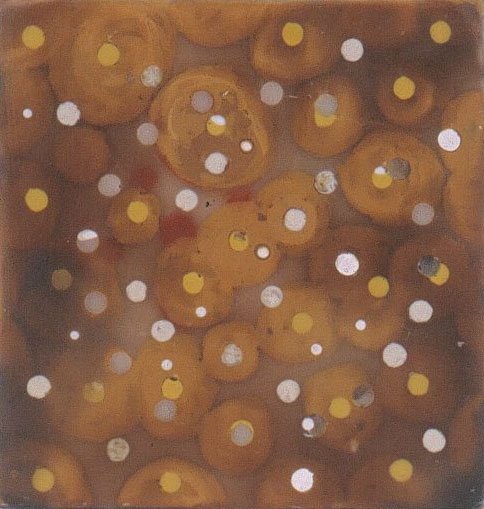Out of shape at 33
Out of shape at 33 is one of those targeted ads you see on Facebook. They are insidious, but ultimately they are an acceptable trade-off for many Facebookers (you reveal your birth date so your friends can get birthday reminders in order to buy you a drink; you suffer thereafter a torrent of tanned, toned abdominal muscles that call you out by your age, peppering you with reproach about your wanning fitness the day after your birthday).
But they are only annoying as they are effective. Internet incantations of laziness prompted me to post this, after all.
Finally, after six weeks of inactivity and silence, I am posting. Finally, after a marked increase in bottles of calorie-rich wine (that just so happened to match my sudden hike in vacation time, which always carries with it wanning physical activity)!
And, sure enough, this post comes after a time away in which I celebrated my 33rd birthday. So that's me who's out of shape. There's no contest: I really am out of shape at 33. At the very least, this blog space is a testament to it.
SEXY, STREAMLINED AND SAVVY IN AN ALTERNATE UNIVERSE
I bring up Facebook mostly because I'm on it and I'm on it a lot. (Oh, don't act surprised. You're on there too. So is Steve De Long of De Long's Wine Moment. So is David McDuff of McDuff's Food and Wine Trail.)
Need more proof of how much I'm on there (other than the sad abs-in-my-face story)? Here:
MY NEW WINE BLOG ON FACEBOOK
Yes, I've been somewhat busy with a new foray for Weingolb set in an exciting collaborative environment: it's called the Facebook page.
Here's what a Facebook page brings:
- public access to everyone on the Internet (notice that I didn't say it was a Facebook profile!) so it's not restricted to registered Facebook members (though Facebookers do get the added benefits of an improved social networking experience, which is something that has entirely changed the raison d'être of wineblogging for me -- thanks especially to BrooklynGuy, Bill "the Caveman" Zacharkiw and Joe from Joe's Wine
- a multi-purpose wall for writing comments, wine reviews or comments on wine reviews (or...?)
- a discussion board for enhanced development of forum topics
- the easiest photo and video upload tool on the planet -- accessible to all, whether you are a reader, administrator, weindoktor or plonkpupil
- built-in RSS and news feed features for reliably keeping track of updates
- event creation -- though it's a bit stiff and I admit could be better -- and the usual web 2.0 bells and whistles
- automatic web tracking and metrics (bye-bye slow-loading Site Meter)
- convenience and ease of access... since I'm already always on Facebook!
But most of all, the biggest thing it brings is:
Ooops. I've forgotten a bit about wineblogging. It has been a long, long time since I last wine blogged. I meant to say... Here's what my Facebook page brings:And those were just wines suitable for the celebration of my 33rd birthday. Plenty of other everyday wines are documented too.
- Lorieux's Thélème Chinon
- Lorieux's Mauguerets Bourgeuil -- in fact a Saint-Nicolas-de-Bourgeuil to be exact, called Les Mauguerets-La Contrie
- all those Pinot Noirs that Joe and I tasted at our 05 Champys tasting (already reported by Joe in this Joe's Wine post)
Drink up!
Thanks to all the clever bloggers I have continued to read during my slow-down and switch. They have kept me inspired. I may never publish notes once a day as I did when I started this site. But I am hopeful that this move could ultimately be better than the blogging of my early days anyway.
So I hope you will visit me over here on my re-launched page.
















































